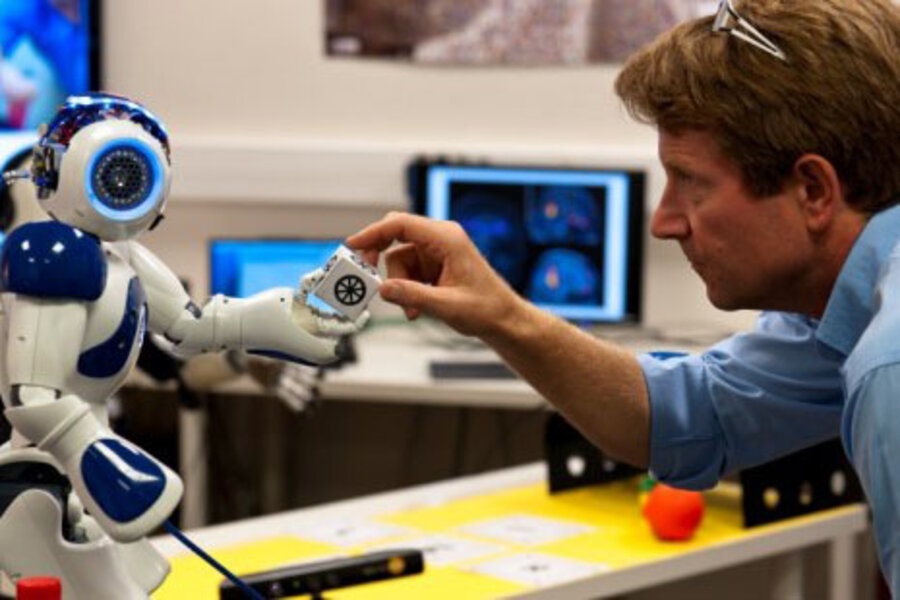How space station robot could become the next astronaut instructor
The space station’s only permanent crew member, a humanoid dubbed Robonaut 2, could be in line for a promotion.
Robonaut 2 has been assisting the International Space Station’s human crew since 2011 with tasks like monitoring air velocity, flipping switches, removing dust covers, and installing handrails as instructed by the astronauts. Soon, however, the humanoid could be the one providing instructions, thanks to a new program developed by French researchers.
While Robonaut 2 is aboard ISS for the long haul, astronaut crews change nearly every six months and new teams usually require training in how to deal with particular situations. That's where Robonaut 2 comes in.
Researchers at the French National Centre for Scientific Research (CNRS) in collaboration with Institut cellule souche et cerveau (Iserm) in Lyon have developed a system to teach the robot various actions that it can then in turn teach the astronauts to perform. Researchers, or one day astronauts, can initially teach Robonaut 2 a new set of actions through a variety of methods, including physical demonstration, voice command, and visual imitation. Using a new form of "autobiographical memory" the robot is able to remember not just how to complete the action, but how to teach it.
The researchers have tested their program using the existing Nao robotic framework, developed by Aldebaran, which is currently used mainly for educational applications.
“Researchers set up this autobiographical memory system to meet the challenge of cooperation between humans and robots, which is becoming more and more of a reality in the field of space operations,” Inserm reported in a press release.
The ability for robots to teach humans has extensive application in space research aboard the ISS. With this new program, Robonaut 2 would be able to assist humans in completing tasks they haven’t encountered before based on the humanoid’s stored experiences, according to Inserm. For example, a robot with this program could learn how to assist an astronaut in the repair of an electronic card. If the astronauts changed over and the same failure happened again, the robot could show the new astronaut a video of the previous repair and help walk the astronaut through the steps that were taken.
This development has implications outside of space as well. Researchers hope to create another application that could assist the elderly, namely a robot that could play the role of “memory assistant.”






